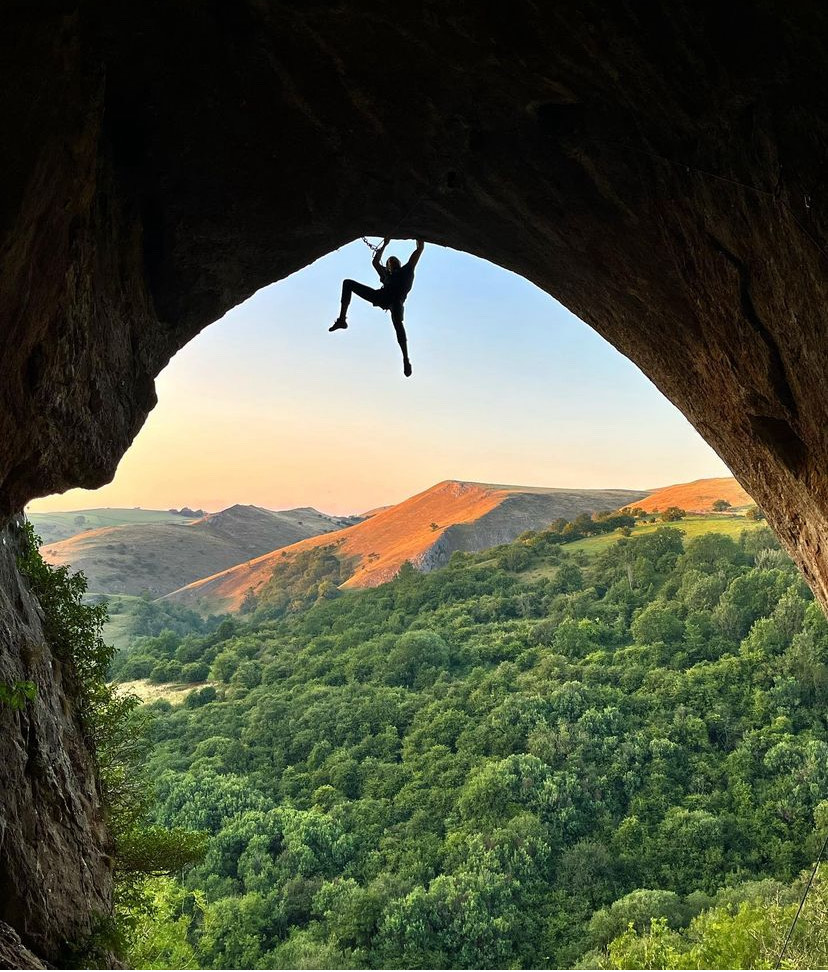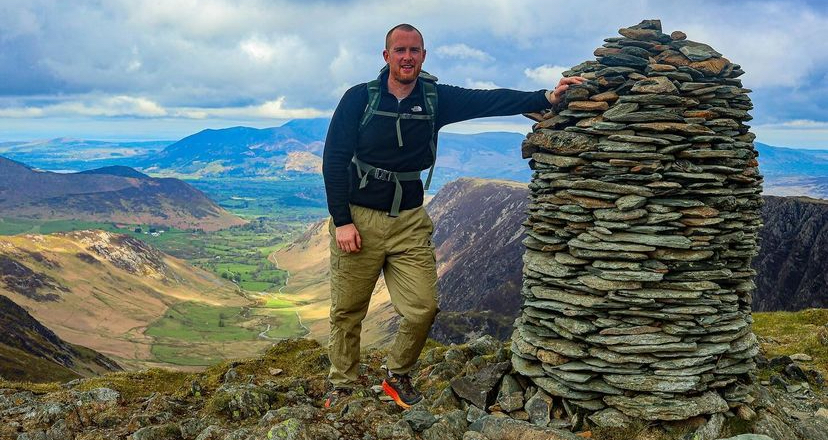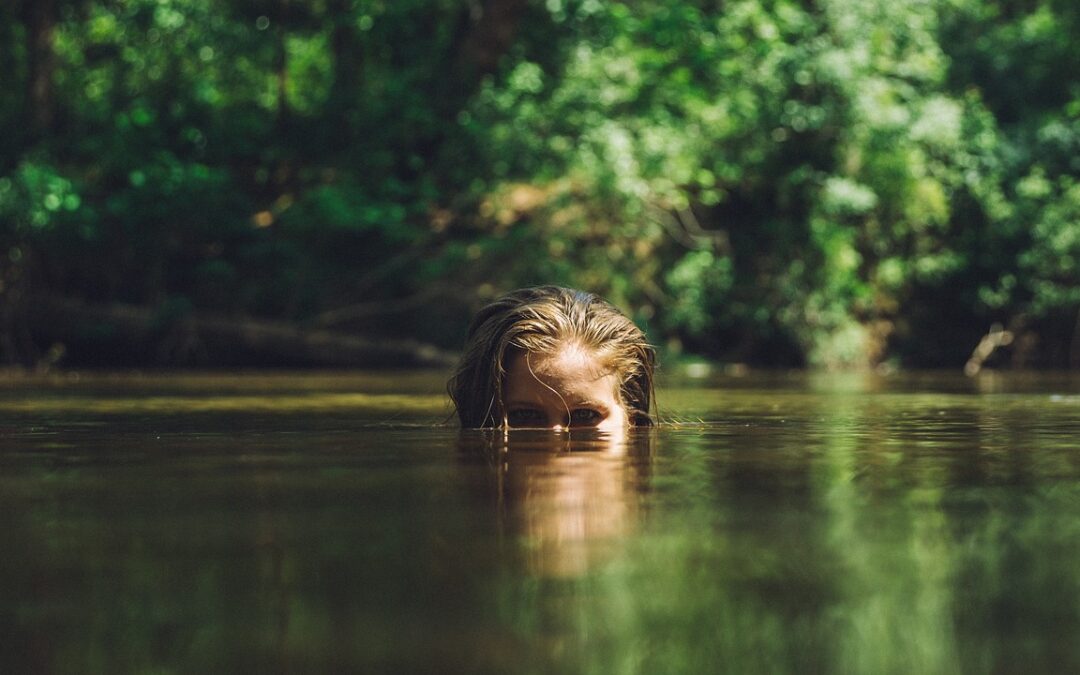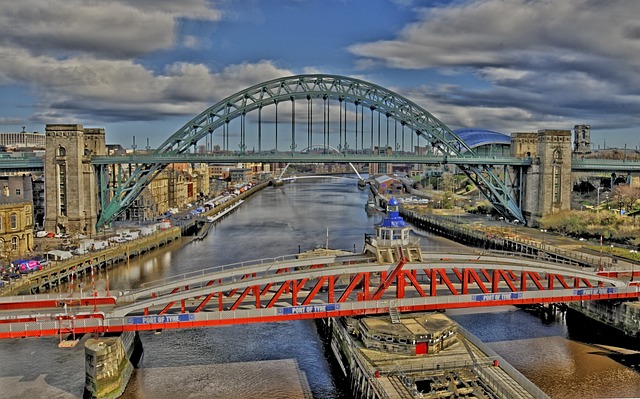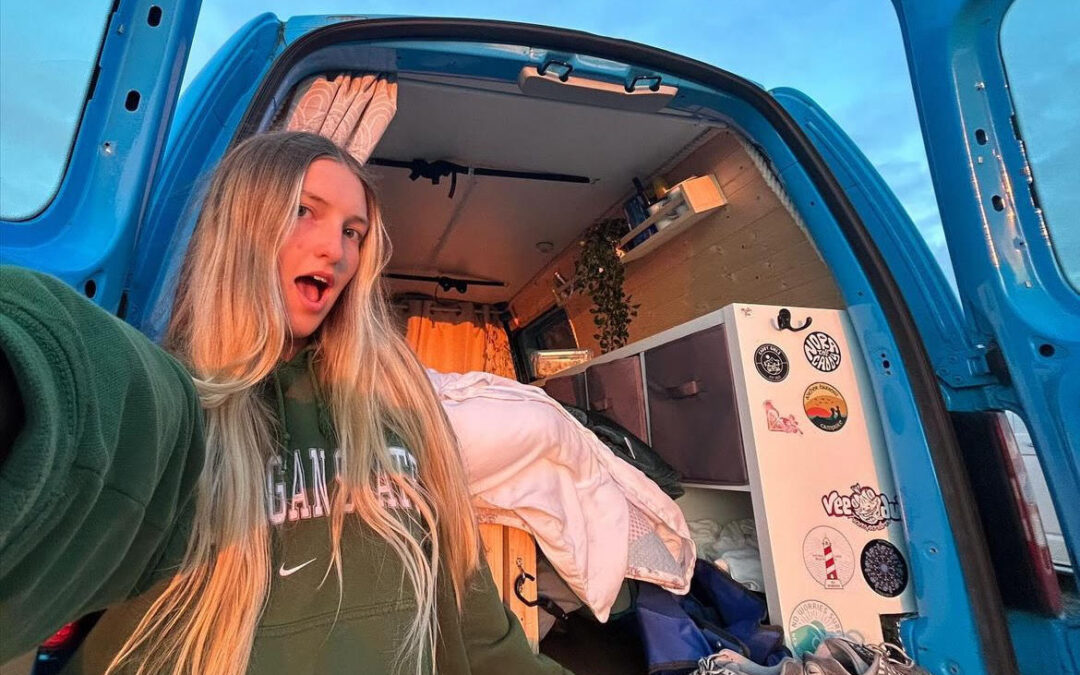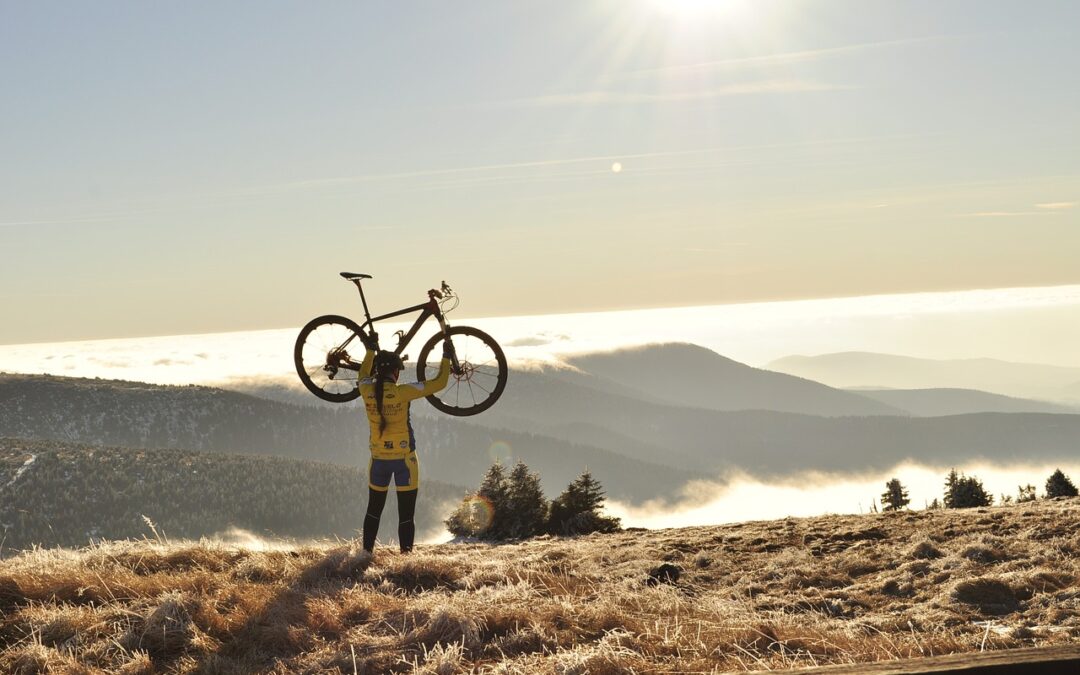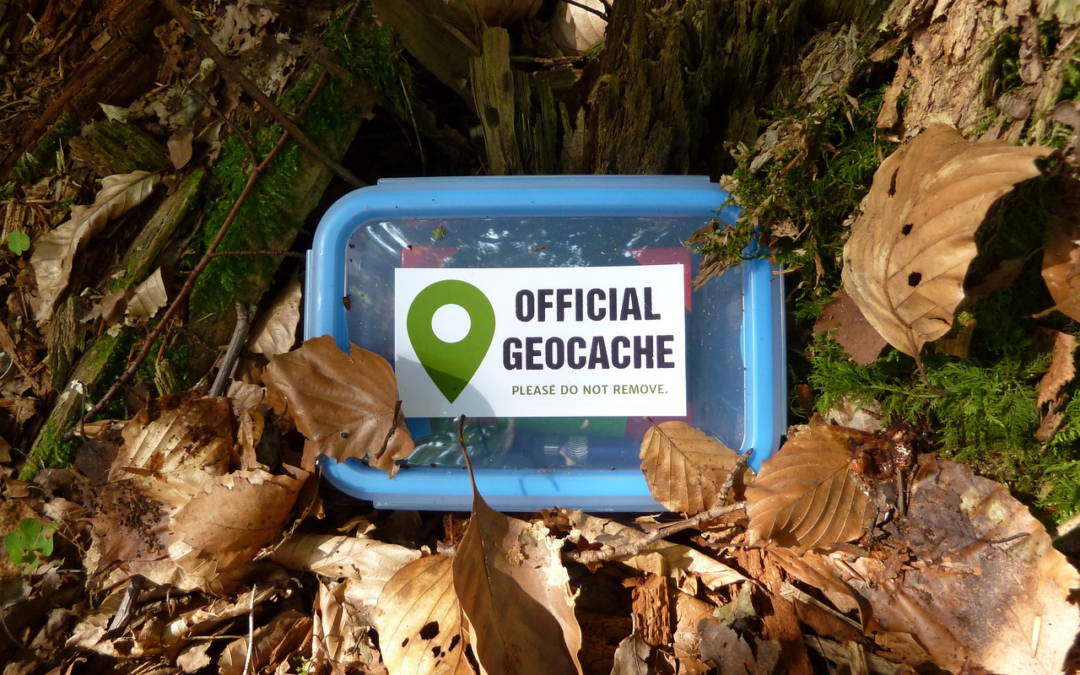Find yourself daydreaming at your desk, wishing you were out of the city and on a slab of rock in the outdoors? The only problem is, when you finally finish work, make the long slog home, and although you’ve been dreaming of getting on the rock, you just don’t think it’s feasible. You don’t have the time in the day to get out but still yearn for that outdoor fix. So what’s next? With the moonlight shining and guiding the way, with the help of a few artificial lights for safety, you can still scale the mountains after the 9-5.
We have gone to Sheffield, a hotspot for outdoor climbing and spoke to three of Britain’s finest climbers who all enjoy bouldering at night time and found everything you need to know before you boulder under the stars.
Steve McClure, one of the best rock-climbers in the world, having climbed the hardest sport route in the UK at 9b, numerous new routes at the grade of 9a and on sighted many at 8b+. The routes are graded by numbers, with 8 and 9 routes being the most difficult. He is a seasoned climber and Sheffield local, attests to the allure of night time bouldering in the region. “The gritstone and bouldering is actually better in the colder temperatures,” he remarks. As temperatures plummet and friction on the rock improves, nightfall beckons climbers to embrace the challenge under the moon’s watchful gaze.
For Jim Pope, a top British sport, traditional and competition climber. He has been on team GB for over 10 years, with experience of climbing just shy of 20 years under his belt. He has climbed up to 8c+ and E9s and has been competing for several years. Jim is two times British Champion and a top 10 World Cup finish
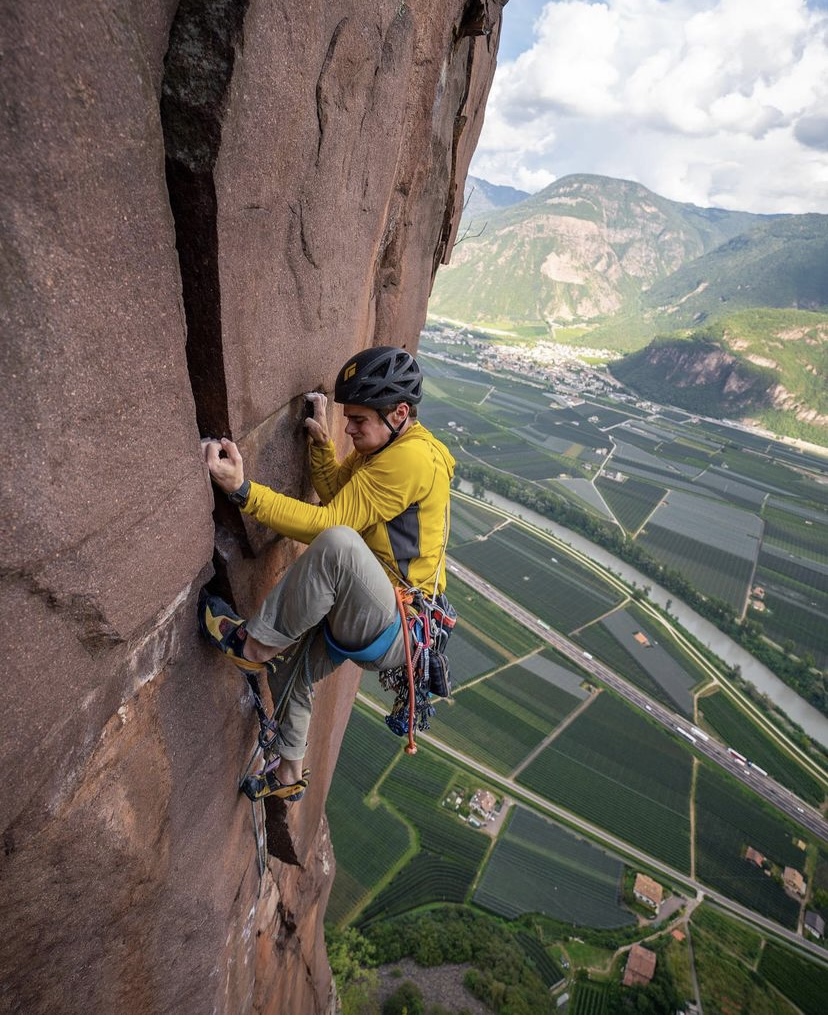
Buster Martin, the second Brit to tick a confirmed 9a+, with his ascent of First Ley, which is a route in Margalef, Catalonia in November 2019. Buster’s love for a night time session is because of how intimate climbing in the darkness can be, and he finds that “there is a beauty of being alone, and there is a more focussed energy.” When you are with a few friends, have a few lights and just are able to carry the session from the day on into the night, there is nothing better. So that’s why Buster always brings lanterns and extra head torches in his van with him, so he is always prepared for those sessions when just doesn’t want it to end.
Q: Surely bouldering in the daylight is hard enough, why on earth would anyone want to do it in the dark?
A: There’s a few reasons why these night time sessions are so popular. Working a 9-5 restricts us to not being able to get out as much as we would like, but that doesn’t mean climbing has to be done just in gyms in the weeknights. The dark isn’t a deterrent, Buster explains that “loads of my friends who love climbing have demanding careers, being able to get out even if the sun has begun to set doesn’t mean that we can’t have a bouldering session.” Being out there in the dark is a feeling like no other, Jim agrees and said that for a lot of people, apart from weekends, after work is the only chance they have, “So sometimes if you want to go climbing outside you just have to take your headlamps.”
It is a unique feeling climbing in the darkness, it is just you and the rock. Buster explains, “It is just the darkness around you. It’s sort of like you’re in a little bubble just trying this problem and trying to figure it out, with no distractions. So if you’ve got any sort of stress going on in your life, it’s nice to just be out there and really be in the moment for a little bit.” Another reason is the conditions, in the night when the temperatures have dropped it is so much better. Steve says, “the rock that we have around in Sheffield is Gritstone and it requires it to be really cold for you to have a good grip.” Also, it is usually a lot less busy at night, “on busy weekends you can be waiting a while to have a go on a problem, so going at night cuts that out,” he explains.
Q: Okay, I’m sold! But how am I supposed to navigate these boulders in the dead of night without tripping over my own feet and landing face-first in a pile of moss?
A: Buster suggests that the best way to go about bouldering at night is to know the route and the boulder you’re planning on working on well. “Go on a weekend, in the daylight, so you know the way up there and just to familiarise yourself with the route and so you can remember anything that could be a danger.” Downloading a couple apps will be really helpful, Steve recommends some of the mapping systems you can get on your phone these days. “There’s one in particular I use, called Fatmap. That’s really amazing. It is like Google Maps for the mountains, so you can see where you want to go and you can see a little blue dot which is you, and you can’t go wrong with that in mind. There’s also a website called UK Climbing which has got pretty much every cliff and bouldering area in the country. So with those two things, any chance of getting lost is removed.”

Q: Is a night time session as dangerous as it sounds?
A: Buster: “It really is not as dangerous as you may originally think, as long as you’ve been bouldering in the day before you will be golden. We aren’t advising the first time you go bouldering to be at night but with the right equipment and with a few friends, you should be fine. Being responsible is very important, none of the climbers had, (touch wood) been in any mishaps when night time bouldering.
Steve : “With it being dark, you might not be able to see the landings quite so easily. So make sure you’ve got enough pads to cover anything that could cause injury.”
Jim :“It is important to just have really good outdoor light, and you don’t want to be running out of batteries and then struggling to get back to your car. So just make sure you have a backup, and go with a few other people as well in case something does happen.”
Q: This all sounds perfect for my work schedule but how do I make the first move from indoor to outdoor?
A: Jim advises, “The best thing to do would be to meet somebody at your local climbing gym who would be willing to take you outside, because I think the first time you go can be quite daunting. You might not have the equipment or you might not know where to go or how to go about it.” So if you meet someone who’s been a few times before, they can introduce you to it and teach you the basics before you decide to do it by yourself with your friends and before you buy all the equipment, like lanterns and mats.
Q: Talk me through some of the biggest challenges faced when bouldering under the moonlight.
A: “The biggest challenge that people used to have before was just that it’s very difficult to find the holes and see the holes correctly. Without a good light source, like the sun, holes can look different and be hard to find.” Steve says.
The quality of head torches and lamps now are amazing and for not very much money you can have something which will light up your task really quite well, especially if there’s a few people there. He advises you to “have one on your own head, a lantern on the floor and somebody holding a torch showing you where to actually climb and that makes it really quite awesome.”
Having all these lights takes away what was originally the biggest challenge, which was seeing the holes and being able to spot them, because sometimes you get funny shadows.
Steve continues, “If there’s like a little bit of an edge and the torch is shining across it, you can’t quite tell what the hole actually is. It looks a bit weird.”
Q: What is a big no-no when planning to venture on a night time session?
A: Jim advises that when it’s raining it’s obviously not as enjoyable, but also, it can impact the rock. “Around Sheffield it is a really soft rock. So if you’re climbing on it when it’s wet it can damage it and that will sort of make it worse for everybody in the future and kind of destroy the climbs.” He definitely recommends just waiting for a nice dry night. Another big tip is to be mindful of where you’re climbing. “You don’t want to spoil it for everyone else, farmers can get pissed off if they think you’re just loitering and being a nuisance,” Buster explains. So ensure you’re being responsible and keep noise to a minimum so you can and others can keep going again both day and night.
Q: Is night bouldering on the rise in popularity, or are we just seeing a handful of moonlit enthusiasts chasing shadows?
A: Steve, who has been on the climbing scene since the 90s says, “I think we saw quite a big rise in popularity in the last five, six or seven years as people realised that, first of all, the illumination from torches was now very good and not really too expensive.”
That’s probably the biggest change, once people realised they could see what they were doing in the dark. Then people started to get the ball rolling and then more and more people joined in and realised it was actually a lot of fun climbing at night.
“Now you look out into the Peak District at 7 o’clock on a Tuesday night when it is crystal clear, the moon’s out and stars are out and you can see all these torches popping around and you know what they’re doing. They’re all out there having fun in the evening. So yeah, bring it on!”

